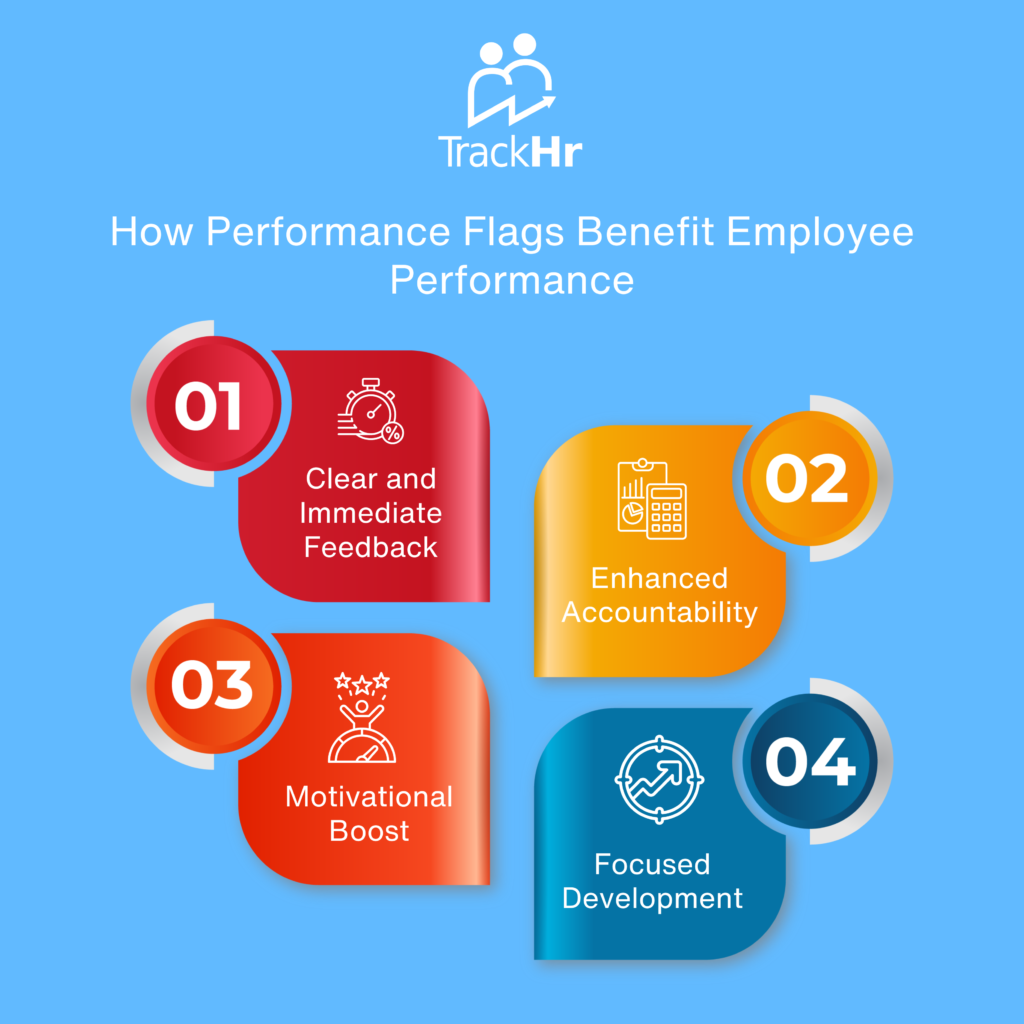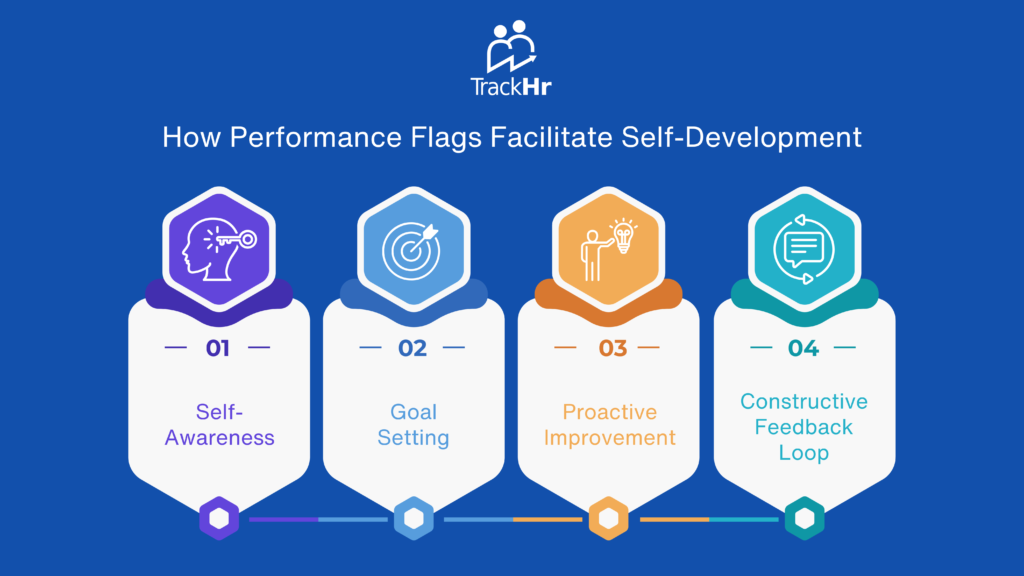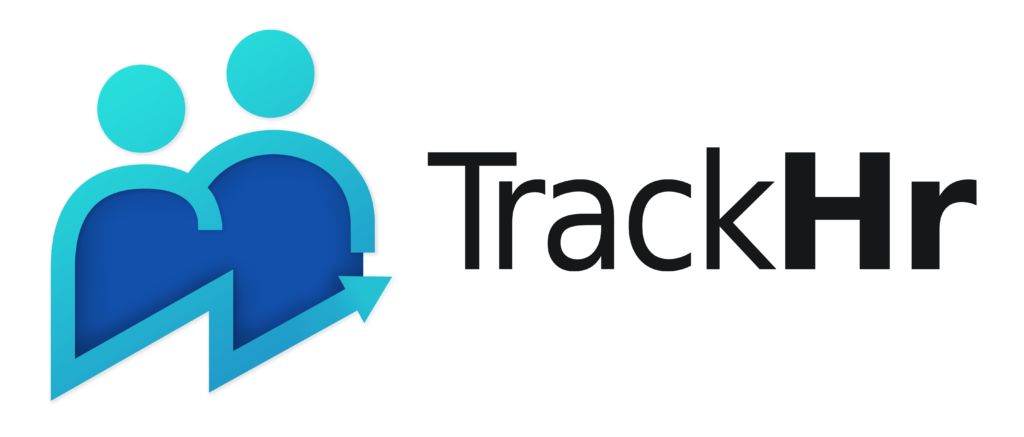Tuesday, 25 Jun 2024
Leveraging Performance Flags in TrackHr for Employee Performance and Self-Development
In the realm of employee performance and development, feedback is a powerful tool. When delivered effectively, it can drive motivation, foster growth, and enhance productivity. One innovative approach to providing continuous feedback is through the use of performance flags, such as the red, yellow, and green flags implemented in the TrackHr app. These flags serve as visual indicators of an employee’s performance status, offering a clear and concise way to communicate progress and areas for improvement. Let’s explore how these performance flags can be instrumental in both employee performance management and self-development.
Understanding Performance Flags
Green Flag: Exemplary Performance
A green flag is a symbol of excellence. It indicates that an employee is meeting or exceeding expectations in their role. This positive reinforcement can boost morale and motivate employees to maintain their high standards. For example, consistent green flags might be awarded for:
- Meeting or exceeding sales targets
- Delivering projects ahead of deadlines
- Demonstrating leadership and teamwork
Yellow Flag: Caution and Room for Improvement
A yellow flag signals that there are areas where an employee needs to improve. It serves as a cautionary marker, encouraging employees to pay attention to specific aspects of their performance that require enhancement. Examples of scenarios that might warrant a yellow flag include:
- Missing deadlines occasionally
- Needing to improve communication skills
- Requiring better time management
Red Flag: Critical Performance Issues
A red flag is a clear indicator of significant performance issues. It highlights that immediate attention and corrective action are needed. Red flags might be assigned for:
- Consistently failing to meet targets
- Displaying unprofessional behavior
- Showing a lack of engagement or motivation
How Performance Flags Benefit Employee Performance

1. Clear and Immediate Feedback
Performance flags provide employees with immediate and clear feedback. This real-time communication ensures that employees are aware of their performance status and can take swift action to address any issues. Green flags reinforce positive behavior, while yellow and red flags draw attention to areas that need improvement.
2. Enhanced Accountability
By consistently monitoring and flagging performance, employees are held accountable for their work. This accountability fosters a sense of responsibility and encourages employees to take ownership of their performance and development.
3. Motivational Boost
Receiving a green flag can be highly motivating for employees. It acknowledges their hard work and dedication, encouraging them to continue performing at a high level. This positive reinforcement can lead to increased job satisfaction and a more engaged workforce.
4. Focused Development
Yellow and red flags help in identifying specific areas where employees need to improve. This targeted feedback allows for focused development plans, ensuring that employees receive the necessary training and support to enhance their skills and performance.
How Performance Flags Facilitate Self-Development

1. Self-Awareness
Performance flags help employees become more self-aware by providing regular feedback on their work. This self-awareness is crucial for personal growth and development. Employees can reflect on their performance, recognize their strengths, and identify areas for improvement.
2. Goal Setting
With clear feedback from performance flags, employees can set realistic and achievable goals. For instance, if an employee receives a yellow flag for time management, they can set specific goals to improve their efficiency and prioritize tasks better.
3. Proactive Improvement
Performance flags encourage employees to be proactive in their self-development. Knowing that their performance is being monitored and flagged, employees are more likely to take initiative to improve their skills and seek out opportunities for growth.
4. Constructive Feedback Loop
The use of performance flags creates a constructive feedback loop between employees and managers. Regular discussions about performance flags can lead to productive conversations about career development, training needs, and long-term goals.
Conclusion
Performance flags in the TrackHr app are more than just indicators of employee performance; they are powerful tools for fostering a culture of continuous improvement and self-development. By providing clear, immediate, and actionable feedback, performance flags help employees stay on track, motivated, and focused on their professional growth. Whether it’s celebrating successes with green flags, addressing areas of caution with yellow flags, or tackling critical issues with red flags, these visual markers play a crucial role in enhancing both individual and organizational performance. Embrace the power of performance flags to unlock the full potential of your workforce and drive sustained success.
